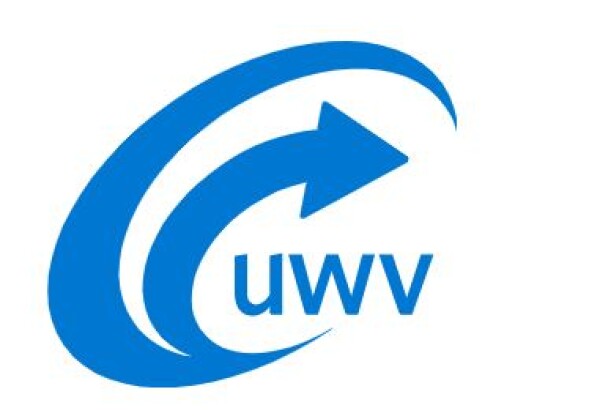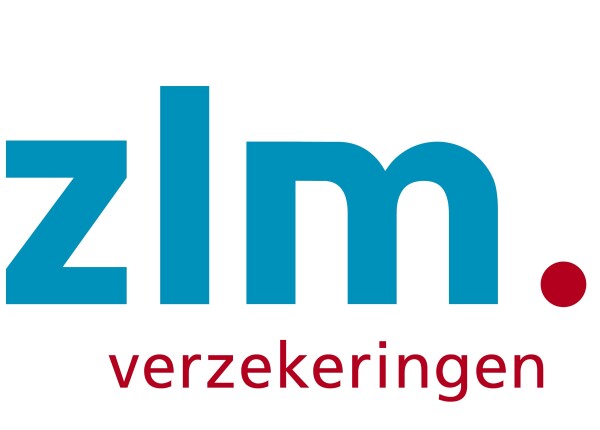Mapping the Path to ESG Maturity with a CSRD Gap Analysis
Timing employment agency
The question
After conducting the Double Materiality Analysis (DMA), Timing wanted to take the next step in preparing for CSRD reporting requirements. This required a detailed gap analysis to determine the extent to which Timing already meets the requirements of the European Sustainability Reporting Standards (ESRS) for each material theme. The goal was to get a sharp focus on which parts are already in order, where there are still gaps and what concrete steps are needed to become fully compliant. TOSCA was asked to guide this process and support Timing with expertise, structure and practical tools. Even though this gap analysis was carried out before the “Omnibus" developments, Timing still finds it valuable to become fully CSRS/ESRS compliant.
TOSCA approach
The process started with a kick-off session in which TOSCA explained the process and worked with Timing to determine who would be responsible for each material theme. Then four working sessions were organized in which the relevant ESRS standards (ESRS 2, E1, S1 and G1) were gone through step by step. These sessions explained what exactly the reporting requirements mean, discussed examples and provided insight into what these requirements specifically require from Timing.
After going through the ESRS requirements, it was determined, based on the documents and data available from Timing, which requirements were already completed and which areas required action. In follow-up sessions per ESG theme, this analysis was deepened and a (time-bound) roadmap was created to address the identified gaps in a structured way. The process was recorded in a gap analysis report that provides Timing with a clear overview of the current status and next steps.
The result
During the process, a total of ~700 data points were analyzed and explained. Of these data points, some were found to be not applicable to Timing's operations. For the remaining data points, it was assessed which information was already available and which data still needed to be collected or improved. TOSCA supported Timing in estimating the effort needed per data point, after which a structured quarterly planning was drawn up with clear actions per period. Timing thus has a complete and concrete overview of its CSRD gaps and a clear roadmap to address them systematically. This not only provides assurance for compliance with evolving CSRD obligations, but also the opportunity to structurally embed sustainability in Timing's business operations. Regardless of recent developments (Omnibus), Timing has decided to go ahead and comply with the CSRD /ESRSs.
The challenge
A specific challenge in this process involved the social and governance data points related to temporary workers. The CSRD requires that this group of employees also be included in the reporting. In practice, this is complex because the required data often comes from hiring parties and is therefore difficult to access or incomplete. This challenge required pragmatic solutions, where TOSCA supported Timing in finding workable approaches for a reliable analysis.
The role of TOSCA
During the gap analysis process, TOSCA fulfilled the role of content expert, process supervisor and strategic sparring partner. By translating the complex and often abstract CSRD requirements into Timing's practice, we ensured that the team got a grip on the task. We guided the process from analysis to roadmap, provided knowledge transfer and helped Timing set the right priorities. The result is a concrete and achievable roadmap that allows Timing to work towards full CSRD compliance.
Back to projects



















